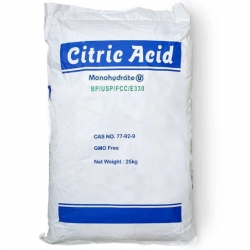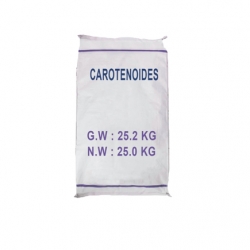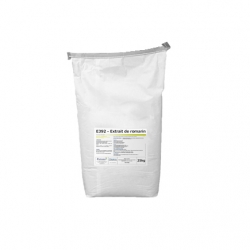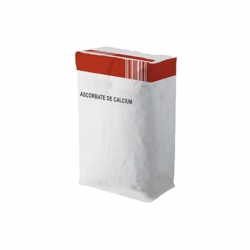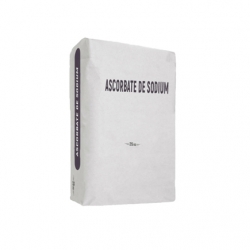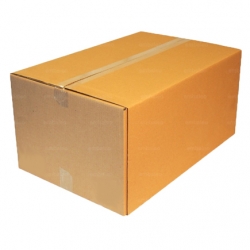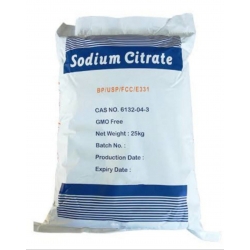No products in the cart.
E330 - Citric Acid
Citric Acid is a tricarboxylic acid found in citrus fruits. Citric acid is used as an excipient in pharmaceutical preparations due to its antioxidant properties. It maintains stability of active ingredients and is used as a preservative. It is also used as an acidulant to control pH and acts as an anticoagulant by chelating calcium in blood.
E160A - Carotenoids
Carotenoids are a group of natural pigments found in many fruits and vegetables. They are classified under the code E160A as a food additive.
E392- ROSEMARY EXTRACT
E392 is the European food additive code for rosemary extract. In French, it is referred to as "Extrait de romarin." Rosemary extract is derived from the rosemary plant (Rosmarinus officinalis) and is used as a natural antioxidant in the food industry.
E302-CALCIUM ASCORBATE
Calcium ascorbate (E302) is a calcium salt of ascorbic acid, also known as vitamin C.
E301-SODIUM ASCORBATE
Sodium ascorbate is a potent antioxidant; it is widely used in the food industry for food preservation.
E300-ASCORBIC ACID
Ascorbic Acid, or oxo-3-gulofuranolactone, is an organic acid with antioxidant properties. It is present in an enantiomerically pure form in lemons, fruit juices, and fresh vegetables.
E331-SODIUM CITRATE
Sodium citrate is the sodium salt of citric acid (E330), a natural acid found in most fruits. On an industrial scale, it is produced by cultivating a fungus (Aspergillus niger) in a sugary nutrient solution.


